Common myths and misconceptions about feeding dogs a raw food diet
As pet parents, we always strive to give our furry friends the best nutrition possible. And with the rise of raw food diets for dogs, many believe that this is the ultimate solution to keeping their pups healthy and happy.
However, with popularity comes misinformation and myths surrounding this feeding method. We’ll debunk some of those common misconceptions about raw food diets for dogs so you can make informed decisions when it comes to your dog’s nutrition!
What is a raw food diet?
A raw food diet for dogs consists of fresh, whole, and unprocessed foods. This type of feed consists of meat, poultry, seafood, vegetables, and fruits that have not been cooked or preserved in any way. Proponents of the diet argue that it is the best way to provide your dog with the nutrients he needs to stay healthy and fit.
Critics of RAW diets for pets pose several concerns. The most common argument against a raw food diet is that it is dangerous because uncooked meats can contain harmful bacteria such as salmonella and listeria. These types of microbes can cause serious health problems in dogs if ingested in large quantities.
Another concern with a raw food diet is that many dogs will not eat enough if their meals consist only of raw meat. A balanced diet for a dog should contain 50% carbohydrates and 25% proteins. Mixing raw meat with other types of feed will help to ensure that your pet consumes the appropriate amount of nutrients.
What are the benefits of feeding a raw food diet?
Studies have shown that feeding dogs a raw food diet has numerous benefits, including:
- Your dog will be healthier and have less health problems.
- They will have a higher energy level and be less prone to obesity.
- Their coat will be shinier and more lustrous.
- They will digest food better and eliminate less waste.
Common Myths and Misconceptions
The most common misconceptions about feeding dogs a raw food diet are that the food is too dangerous, the dogs will become sick, or their teeth will fall out. There is no scientific evidence to support any of these allegations and in fact, feeding a raw food diet can have many benefits for your dog.
Dogs fed a raw food diet typically have healthier skin and hair than those who eat commercially prepared foods. The nutrient-rich diet helps to prevent skin problems such as eczema and fleas, and promotes a healthy coat of hair. Raw diets also tend to be lower in calories, which can help maintain a healthy weight for your dog.
There is no need to worry about causing health problems if you feed your dog a raw food diet. In Canada, where raw feeding is more widespread than in other countries, there has been no evidence of widespread illness or injury due to feeding dogs a raw food diet. In fact, feeding a raw food diet may even offer some protection against disease.
Most dogs love the taste of a fresh raw meaty bone, so providing them with these snacks on occasion is not likely to cause behavioural issues. If your dog does show any signs of discontent when you first start feeding them a raw diet – like refusing to eat – try gradually increasing the amount of Raw Meaty Bones they are given over time until they become accustomed to the taste.
Can I gradually introduce my dog to a raw food diet?
One of the most popular andAsk a Vetabout feeding dogs a raw food diet, is whether or not to gradually introduce them to the new way of eating. People believe that if their dog is hesitant to eat raw food right from the start, that they won’t be able to Transition them successfully later on.
There are many myths circulating around this subject, which can lead to some common pitfalls in transitioning Raw Feeders into a switched diet. Here we will dispel some of the more commonly held beliefs so that all pet parents can make an informed decision about introducing their furry friend to a raw food diet:
Myth: Dogs must be totally transitioned before starting on a raw food diet
In reality, most dogs will easily adapt and eventually enjoy eating RAW, as long as it is introduced gradually over time. If your dog refuses any kind of food at first – even human-grade kibble – you may want to hold off on transitioning until they are more willing to try something different. Introducing raw meat or poultry over several weeks (or months) gradually will help your pup get used to the idea without becoming completely entrenched in one routine.
Myth: Transitioning means giving up all processed/canned Foods/Eating nothing but Raw Meat/Poultry
This couldn’t be further from the truth! In fact, you should continue providing your pet with plenty of fresh fruits and vegetables during Transition as well as regular doses of hydration and balanced nutrition (including good quality canned foods). Transition means making small changes to familiar foods, not total upheaval.
What if my dog doesn’t like being fed RAW food?
Many dog owners are hesitant to feed their dogs a raw food diet, because they believe that the food will be too tough for their pets.
- A raw food diet is actually very easy to care for and can provide your dog with the nutritional requirements necessary for optimum health.
- Always feed your dog on a regular schedule regardless of whether you are feeding them raw or cooked Food. Dogs naturally eat twice a day and should never go more than four days without eating. This will help to keep them comfortable and healthy.
- Never give your dog meat that has been frozen or left out of the refrigerator. These items can contain harmful chemicals that can damage their teeth and gums.
- Never give your dog bones from any source other than pet chicken or fish. Raw bones can splinter and cause serious injury to your pet’s teeth and jaw.
- Do not overfeed your dog; eating too much raw food can lead to obesity which is unhealthy for both you and your pet. A general guideline is to give your pet one-half their weight in ounces of fresh, uncooked food each day – this corresponds to around 20-25 grams/day of fresh food.
- Do not add salt, gravy, refried beans, or other processed foods to the Raw diet; these additives can cause dehydration, inflammation, and tooth decay in dogs consuming a raw diet alone .
- Check with your veterinarian before beginning a raw food diet, as not all dogs are suited to this type of diet.
Conclusion
Feeding your dog, a raw food diet can be an extremely rewarding experience for both of you. However, there are some common misconceptions about feeding a raw food diet to dogs that need to be corrected.
We address the most common myths and misconceptions about feeding a raw food diet to your canine companion and provide accurate information on what is actually healthy for them. We hope that this information will help you make the best decision for your pup and help them live happier, healthier lives.
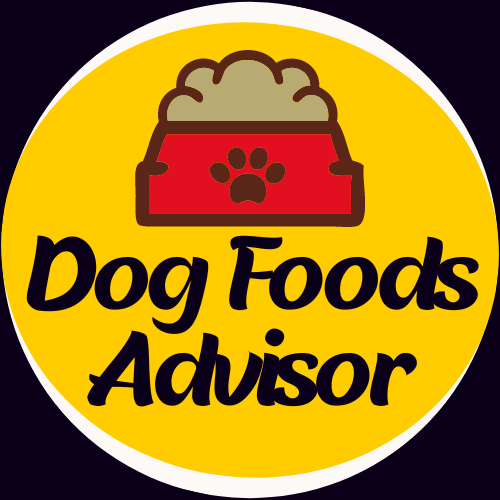
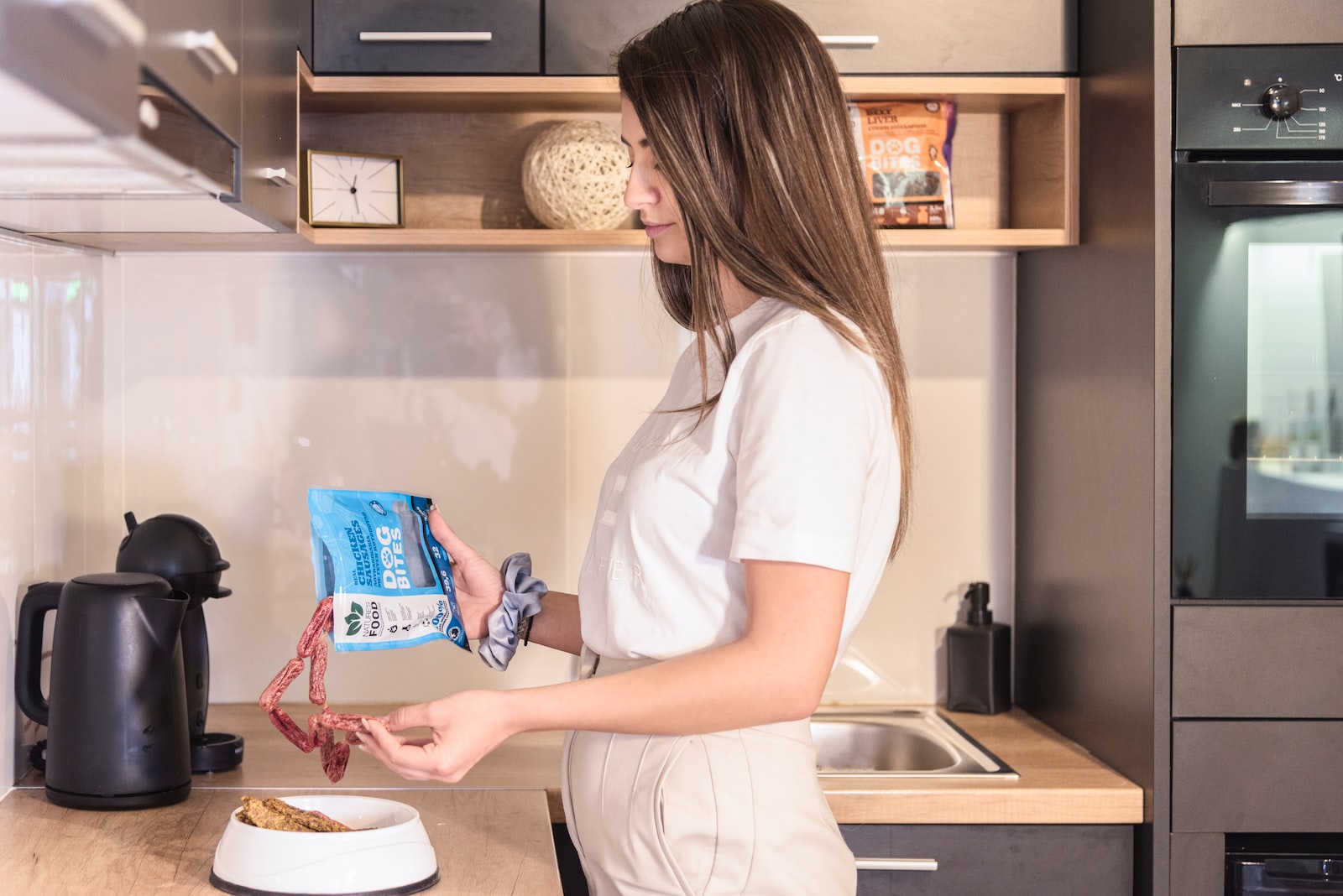

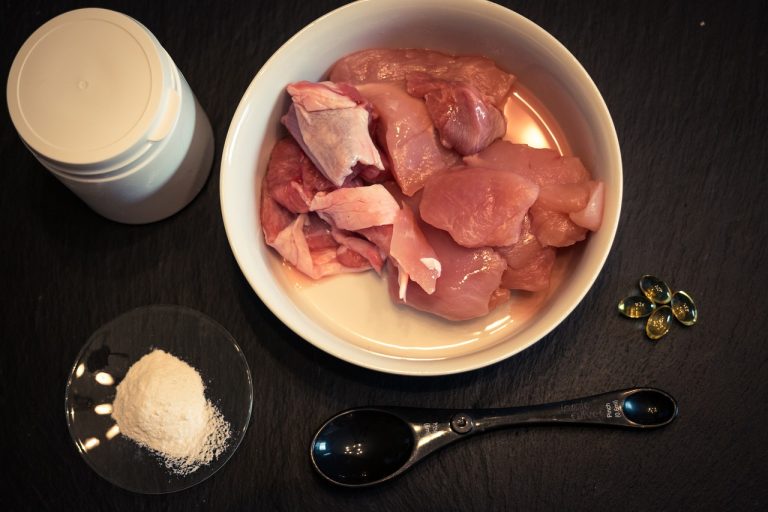
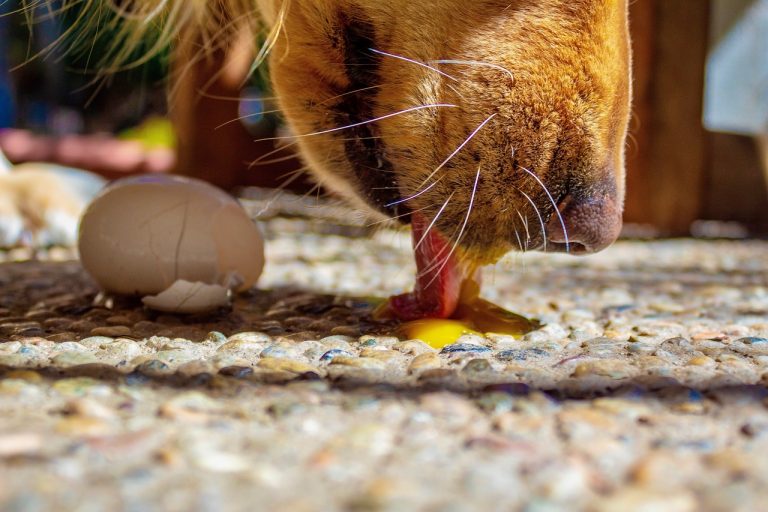
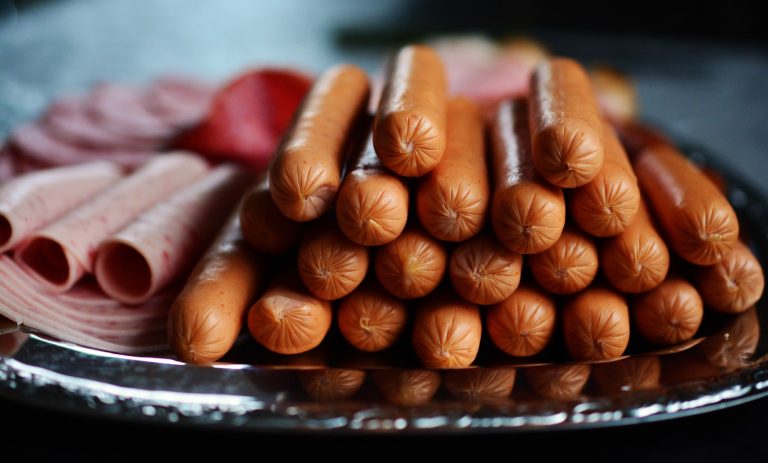
One Comment